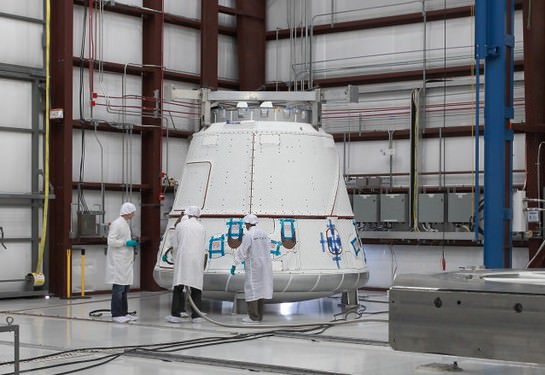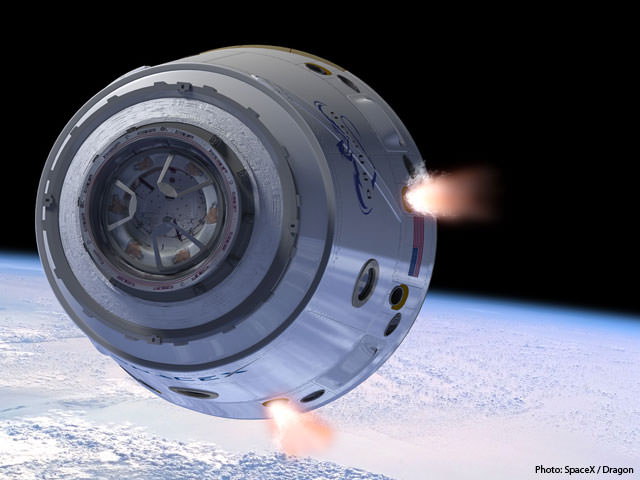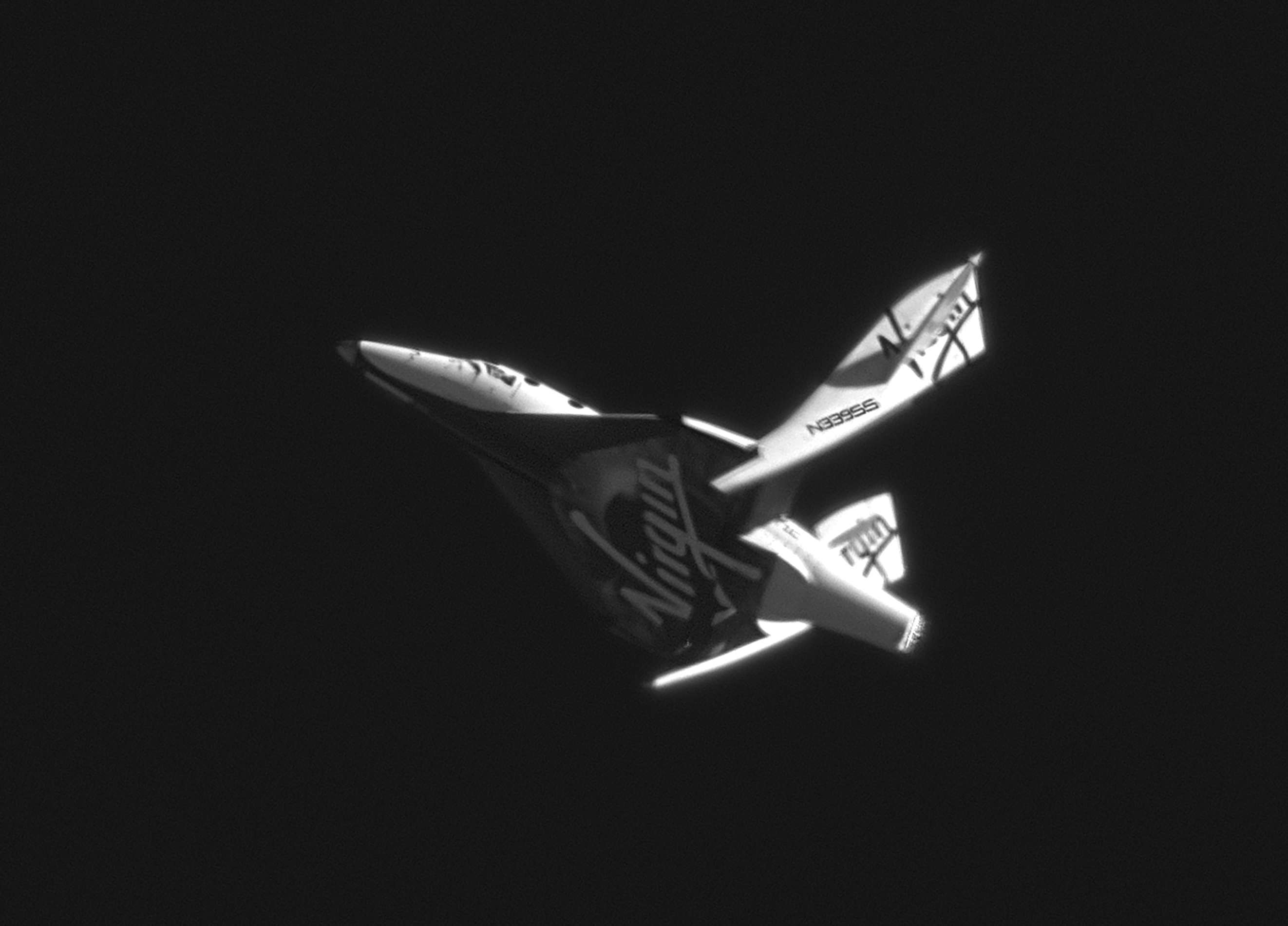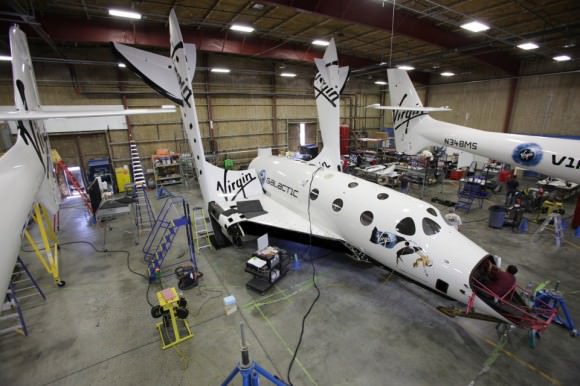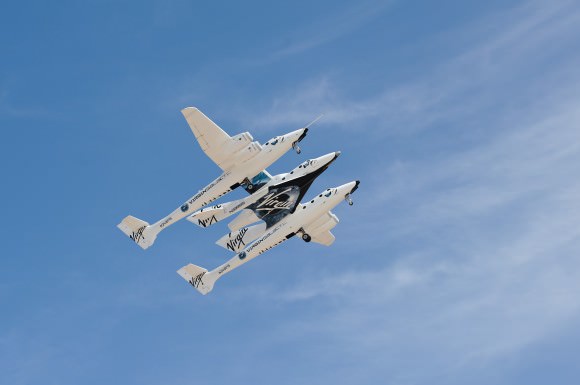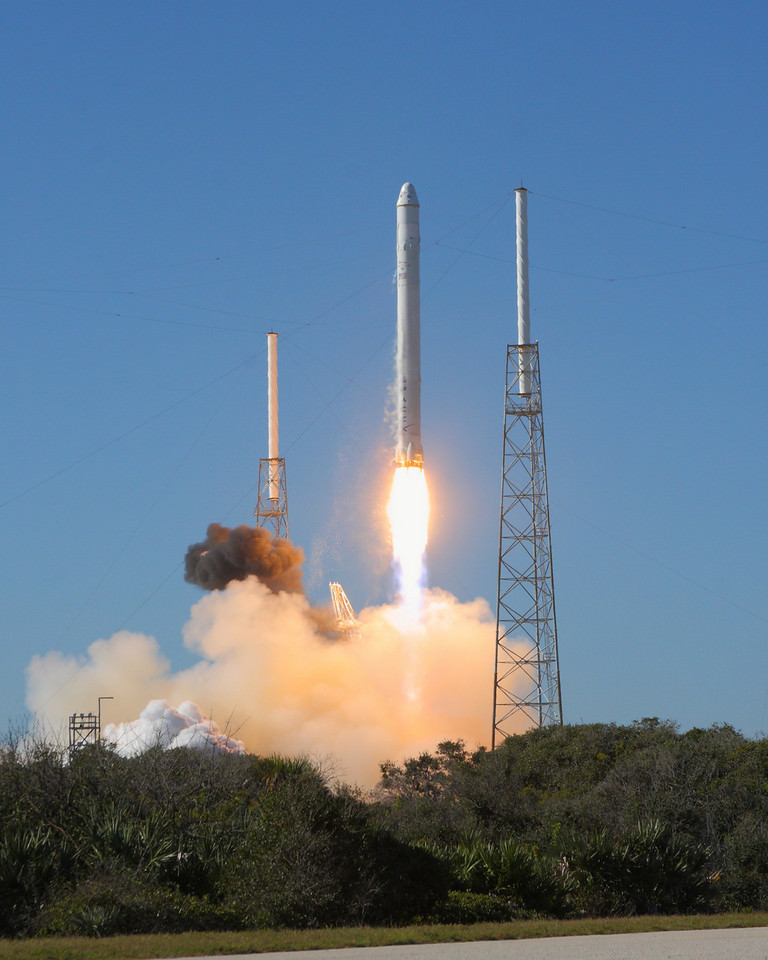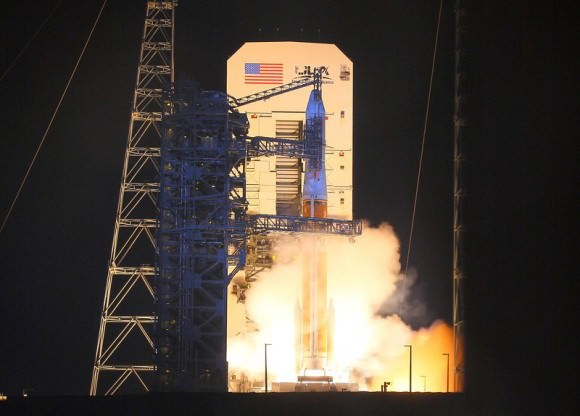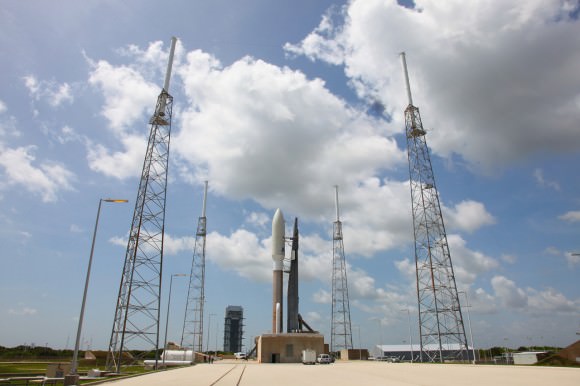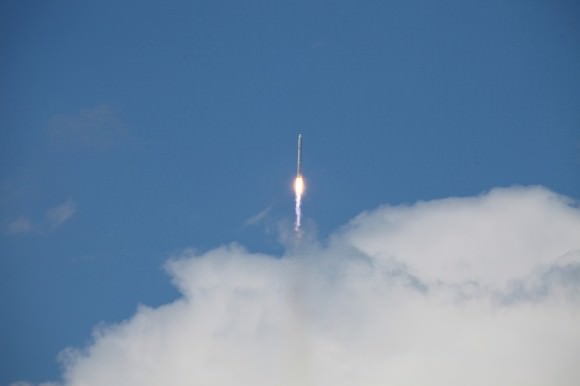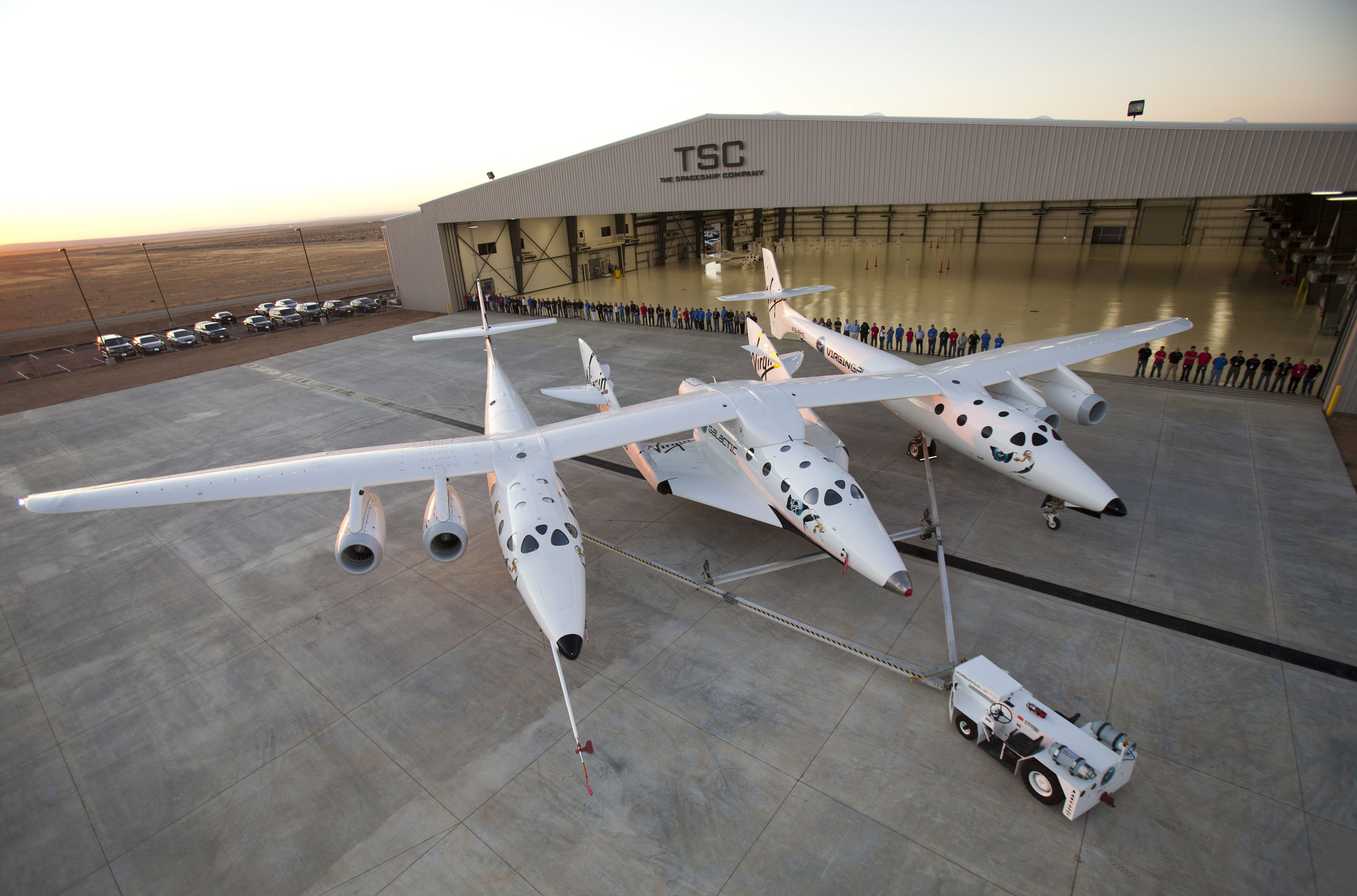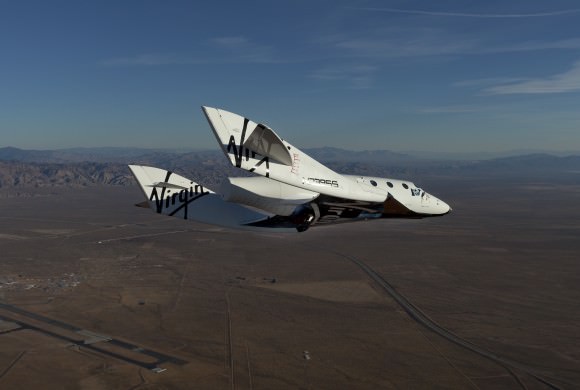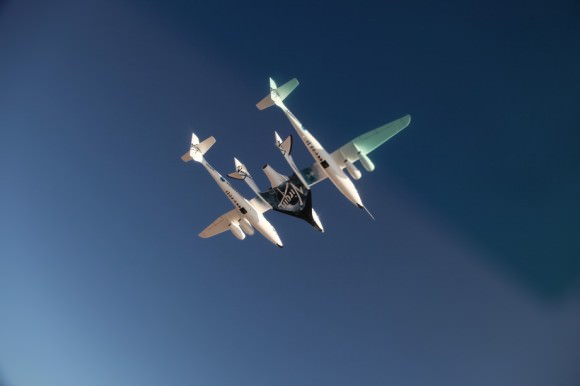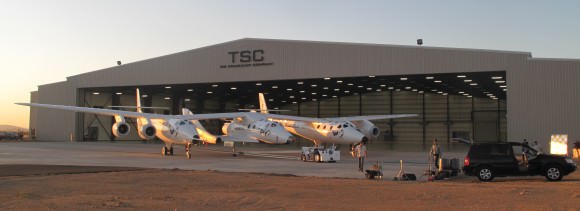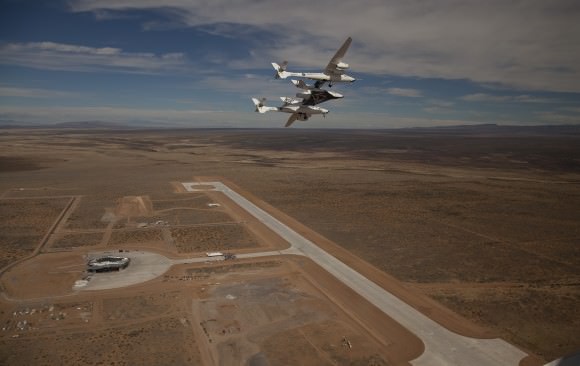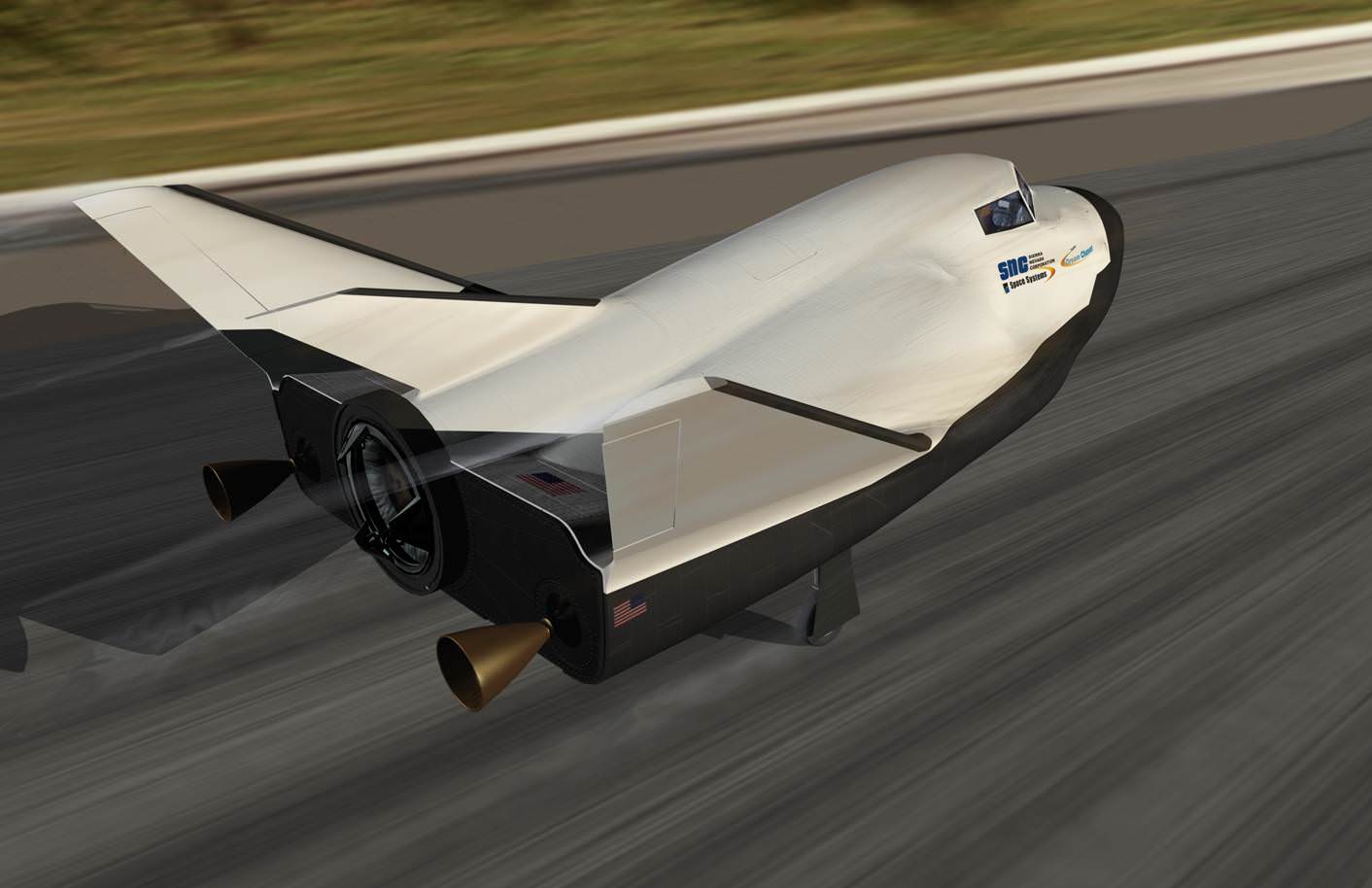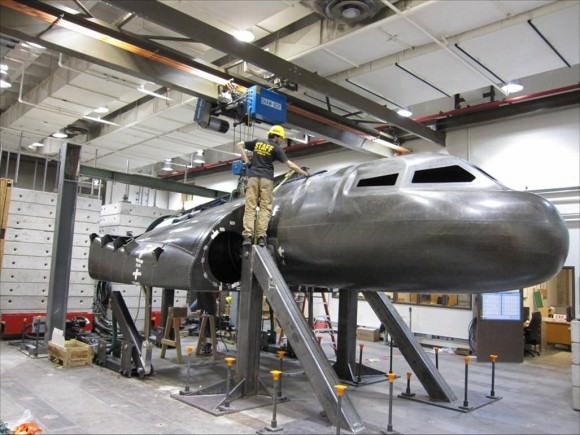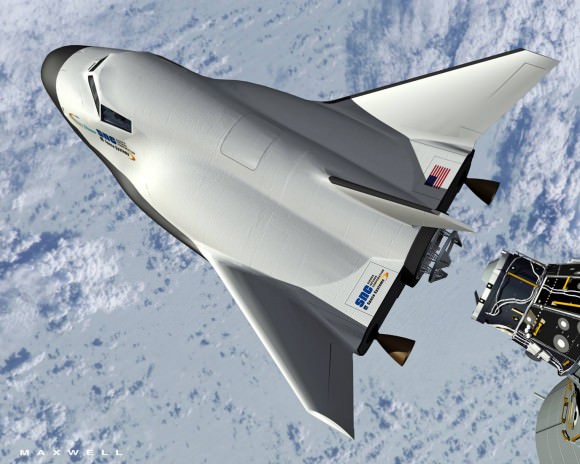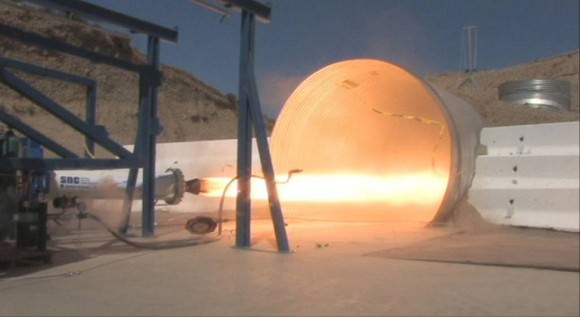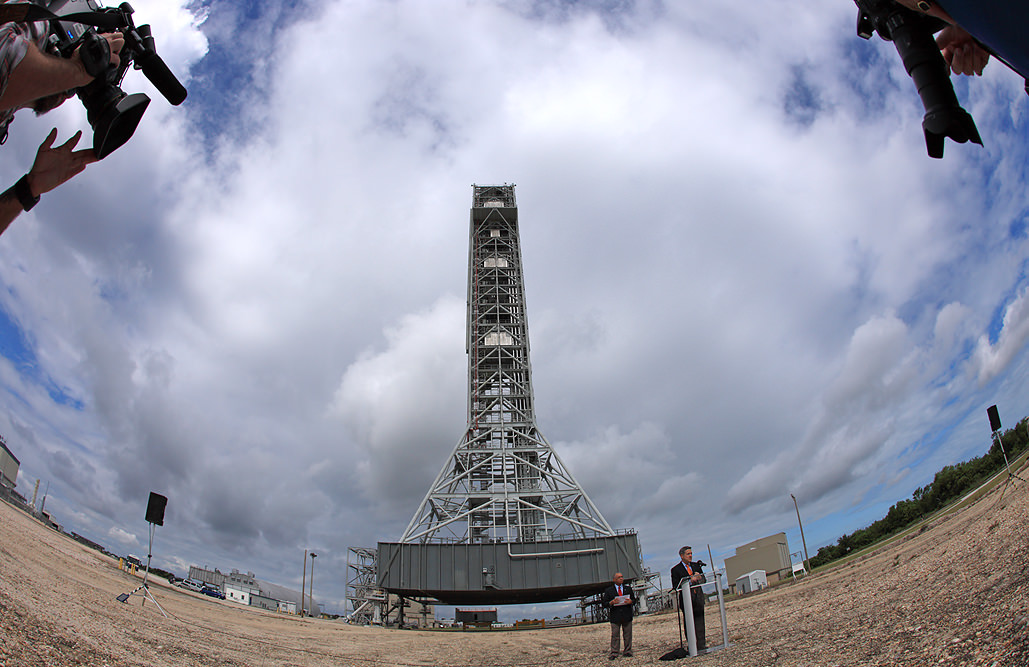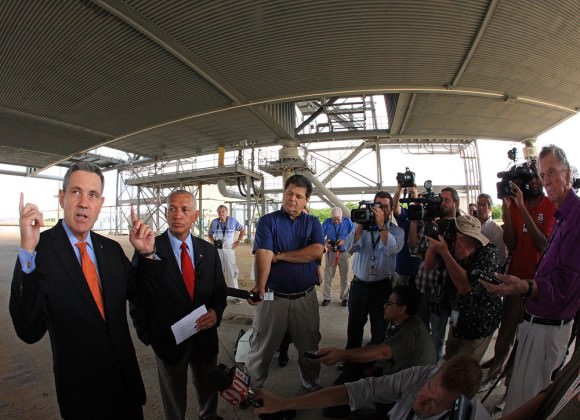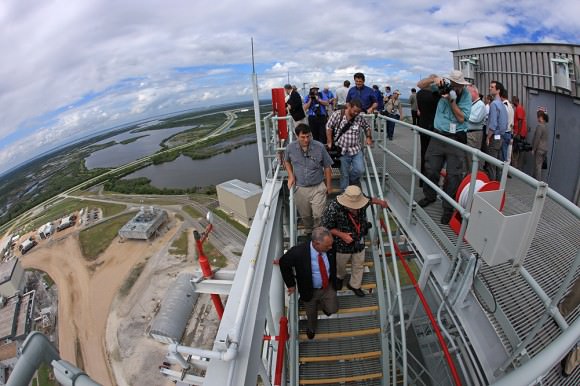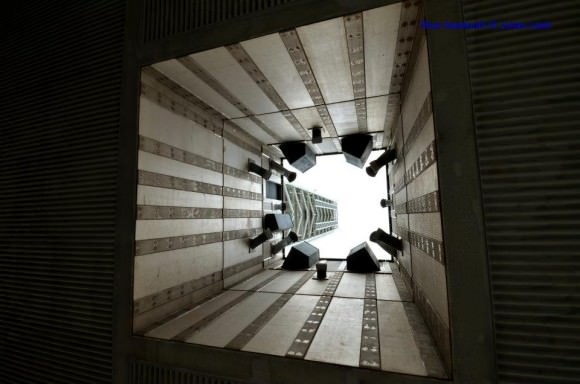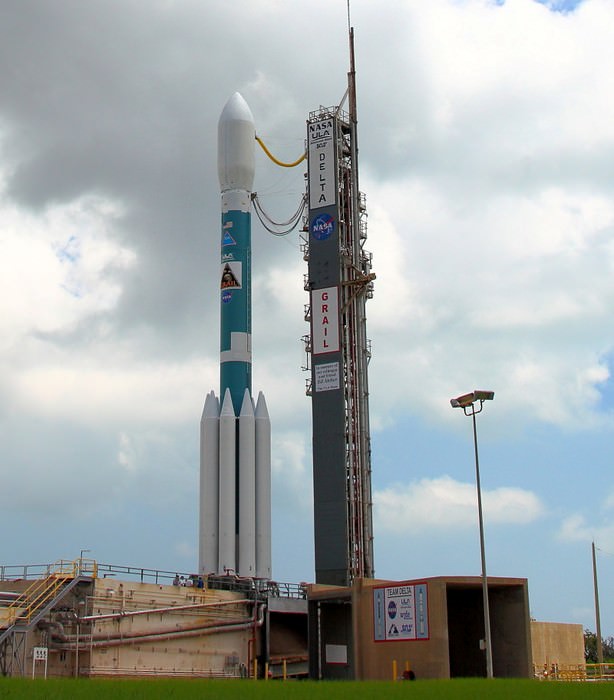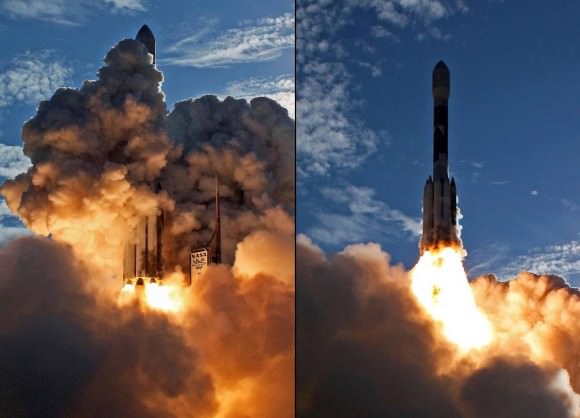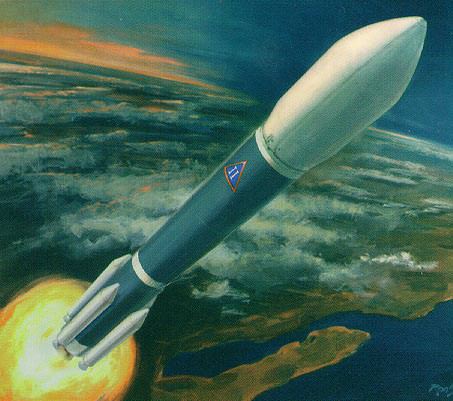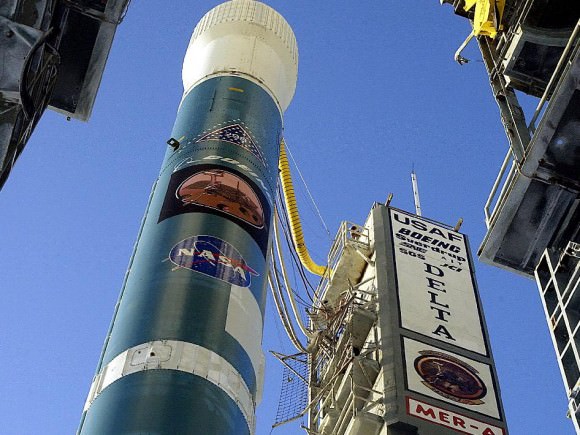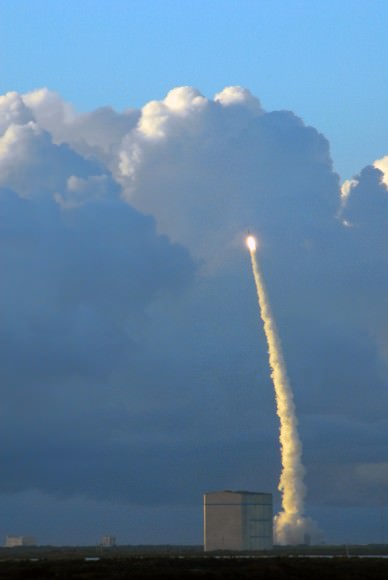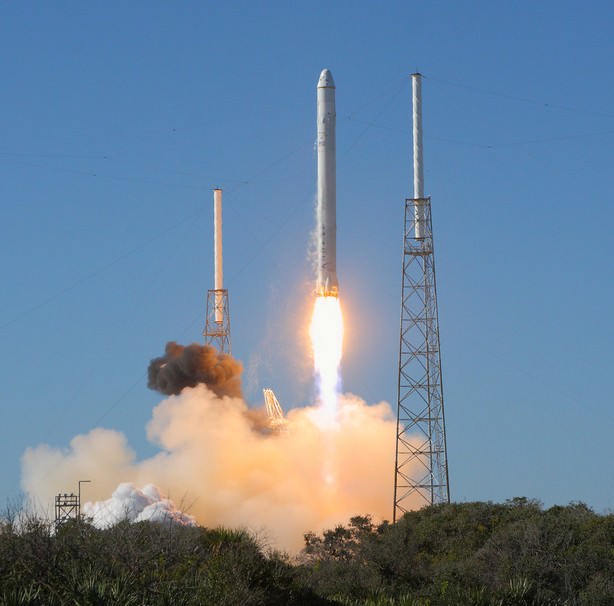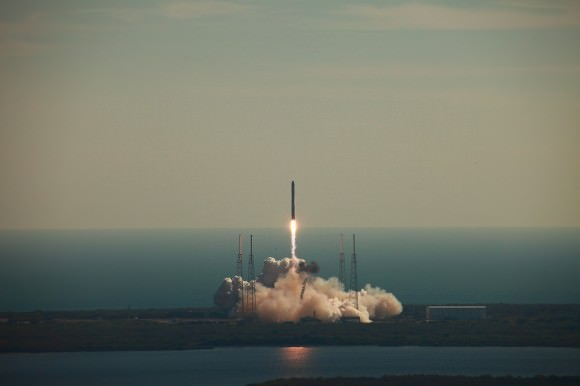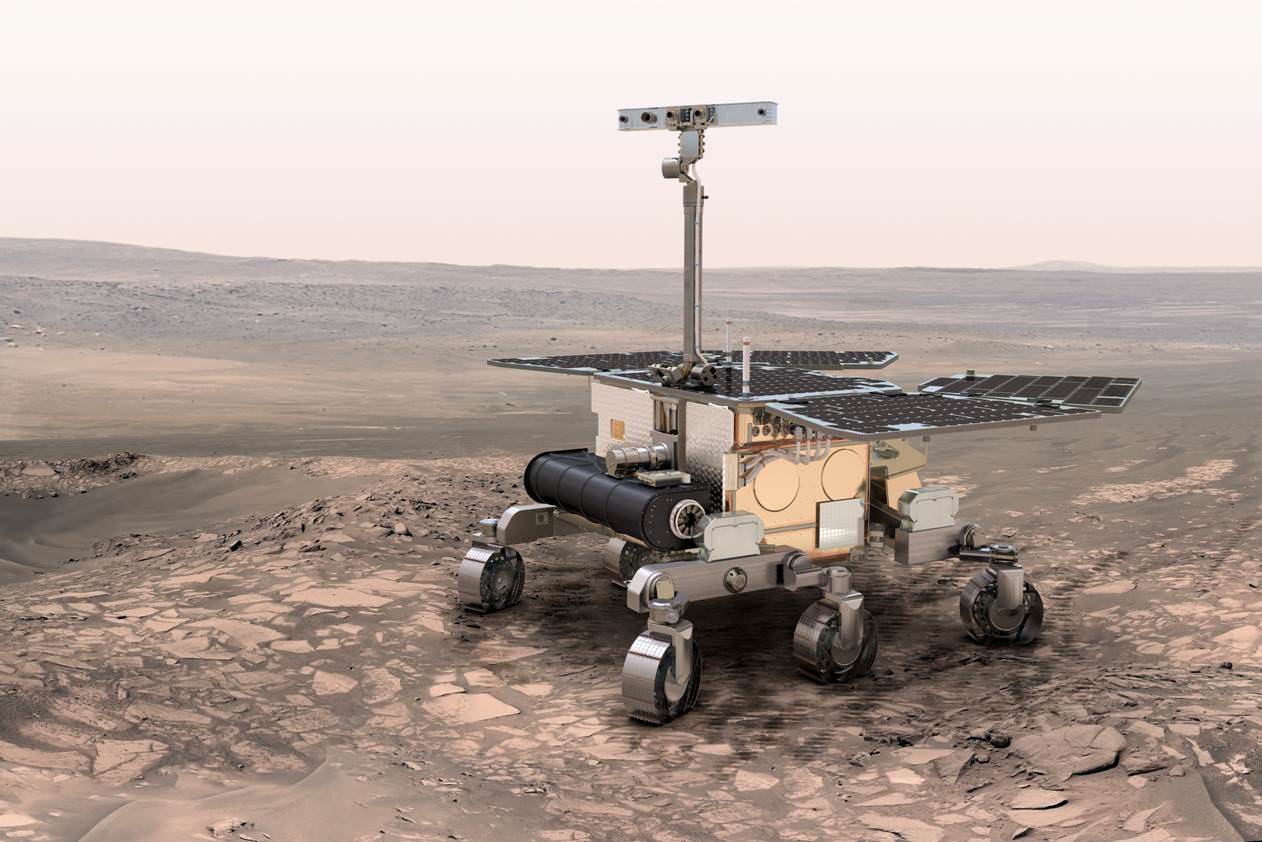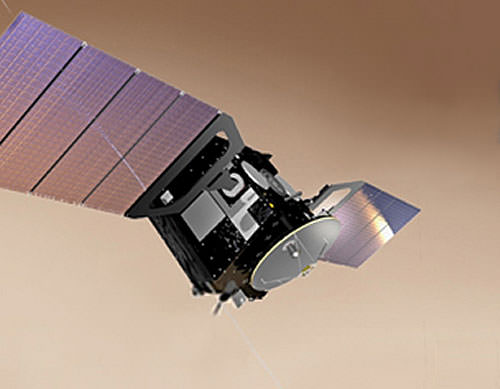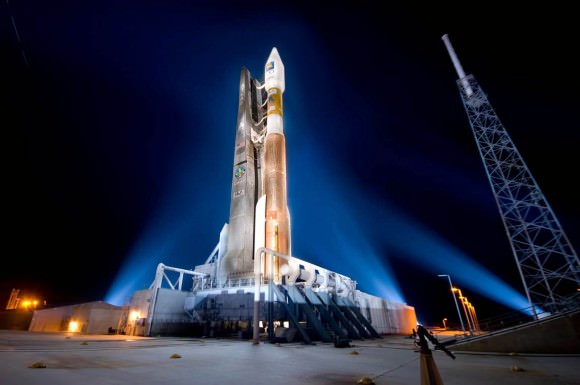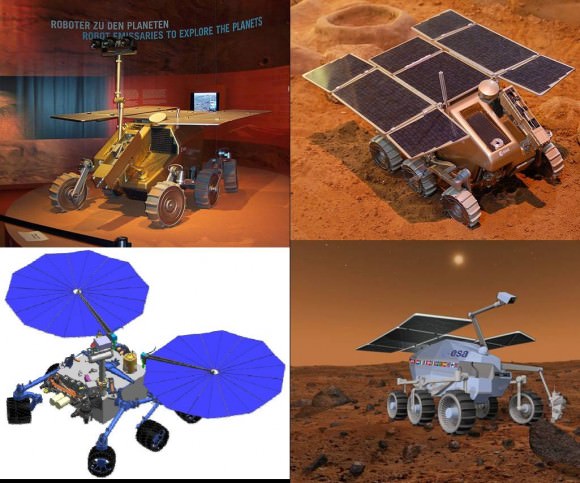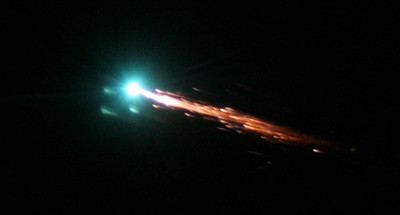[/caption]
NASA has recently posted the latest update as to how the Commercial Crew Development 2 (CCDev2) program is doing in terms of meeting milestones laid out at the program’s inception. According to the third status report that was released by NASA, CCDev2’s partners continue to meet these objectives. The space agency has worked to provide regular updates about the program’s progress.
“There is a lot happening in NASA’s commercial crew and cargo programs and we want to make sure the public and our stakeholders are informed about the progress industry is making,” said Phil McAlister, NASA’s director of commercial spaceflight development. “It’s exciting to see these spaceflight concepts move forward.”
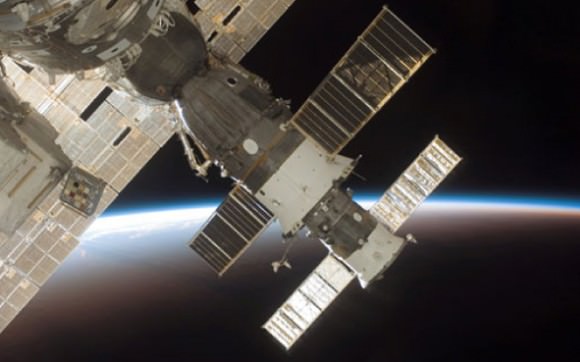
Reports on the progress of commercial crew are issued on a bi-monthly basis. The reports are directed toward the primary stakeholder of this program, the U.S. taxpayer. NASA has invested both financial and technical assets in an effort to accelerate the development of commercial access to orbit.
This report came out at the same time as Space Exploration Technologies’ (SpaceX) CEO, Elon Musk, testified before the U.S. House Science, Space, and Technology Committee regarding NASA’s commercial crewed program.
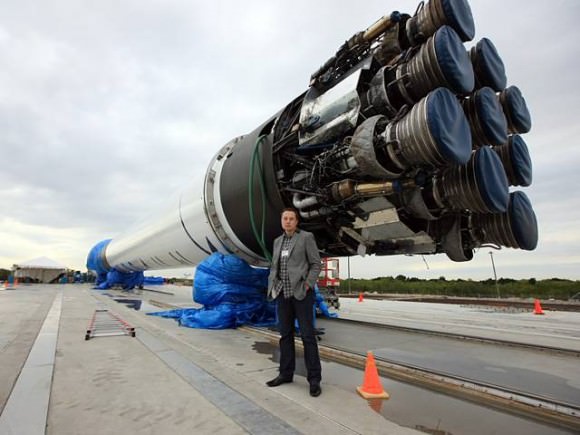
SpaceX itself has been awarded $75 million under the CCDev program to develop a launch abort system, known as “DragonRider” that would enable the company’s Dragon spacecraft to transport astronauts. SpaceX was awarded $1.6 billion under the Commercial Orbital Transportation Services or COTS contract with NASA. Under the COTS contract, SpaceX must fly three demonstration flights as well as nine cargo delivery flights to the orbiting outpost. SpaceX is currently working to combine the second and third demonstration flights into one mission, currently scheduled to fly at the end of this year.
During Musk’s comments to the House, he highlighted his company’s efforts to make space travel more accessible.
“America’s endeavors in space are truly inspirational. I deeply believe that human spaceflight is one of the great achievements of humankind. Although NASA only sent a handful of people to the moon, it felt like we all went,” Musk said in a written statement. “We vicariously shared in the adventure and achievement. My goal, and the goal of SpaceX, is to help create the technology so that more can share in that great adventure.”
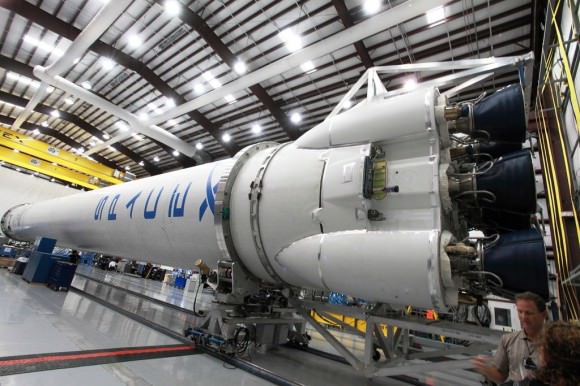
To date, SpaceX is the only company to have demonstrated the capacity of their launch vehicle as well as a spacecraft. The company launched the first of its Dragon spacecraft atop of its Falcon 9 rocket this past December. The Dragon completed two orbits successfully before splashing down safely off the coast of California.
NASA is relying on companies like SpaceX to develop commercial crew transportation capabilities that could one day send astronauts to and from the International Space Station (ISS). It is hoped that CCDev2 will help reduce U.S. dependence on Russia’s Soyuz spacecraft for access to the ISS. Allowing commercial companies to take over the responsibility of sending crews to the ISS might also allow the space agency focus on sending astronauts beyond low-Earth-orbit for the first time in four decades.
